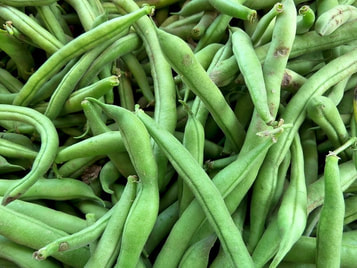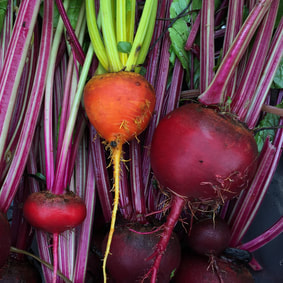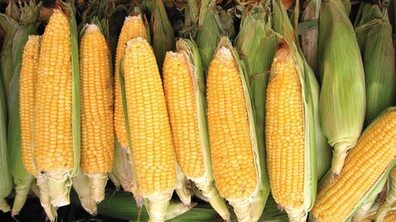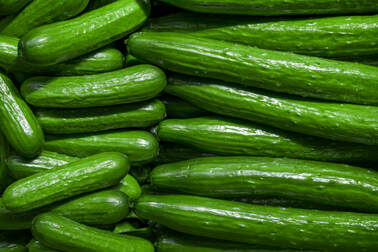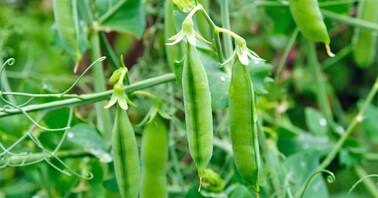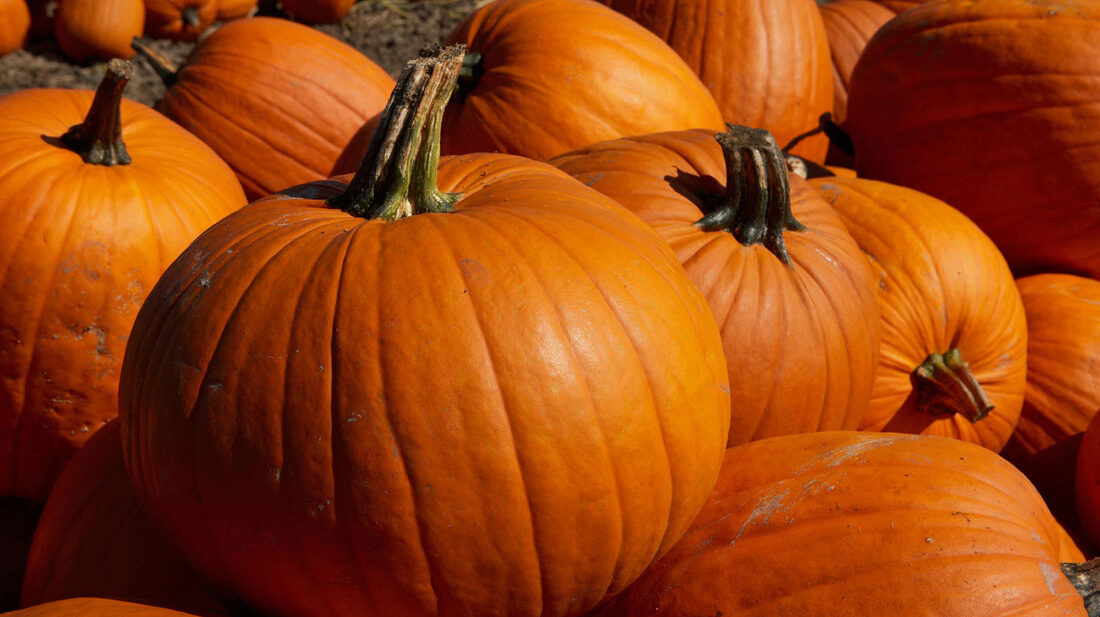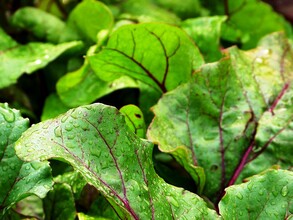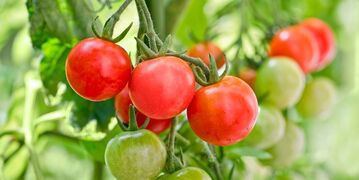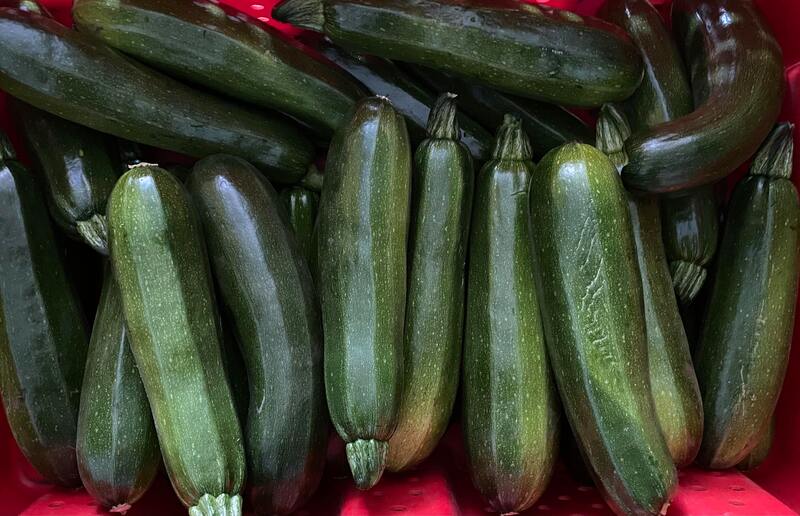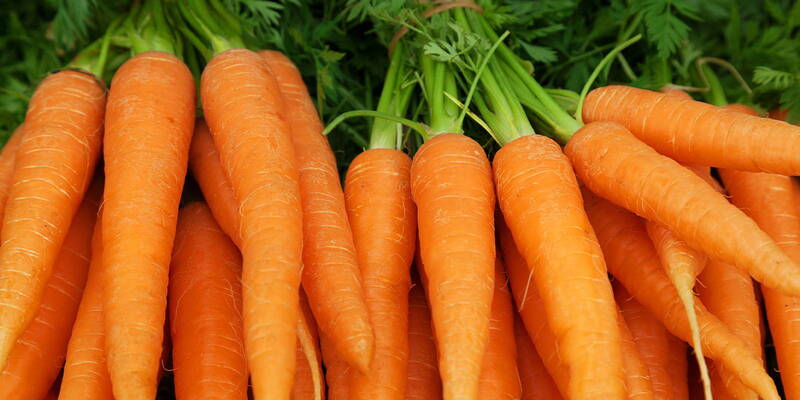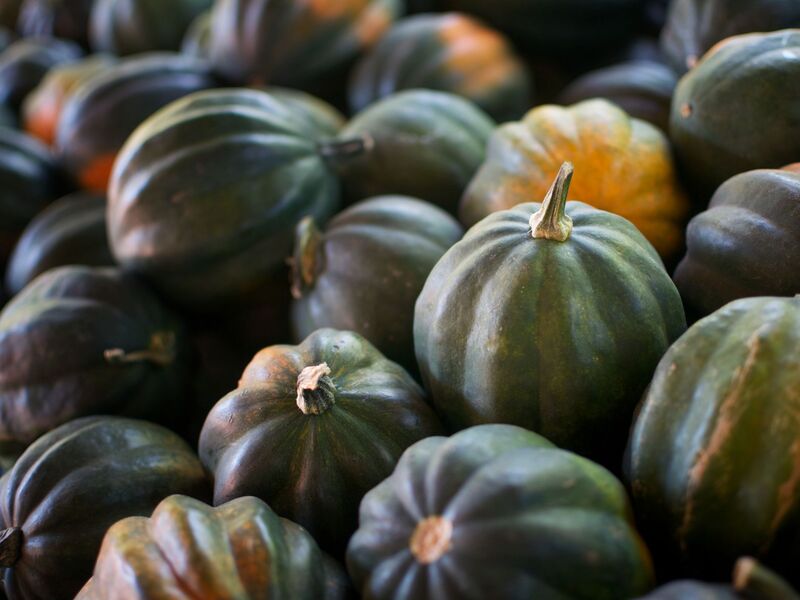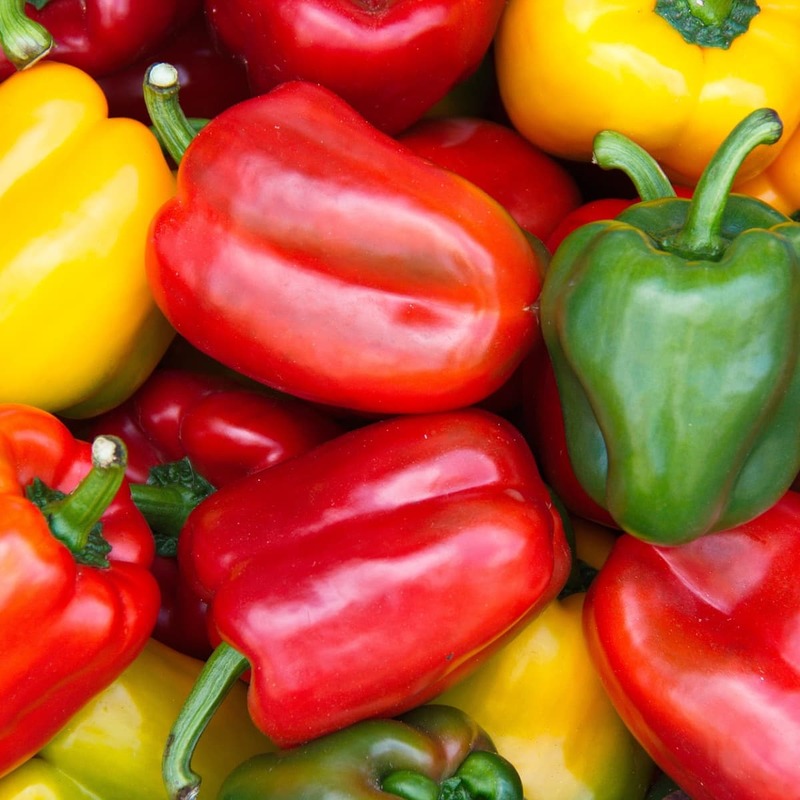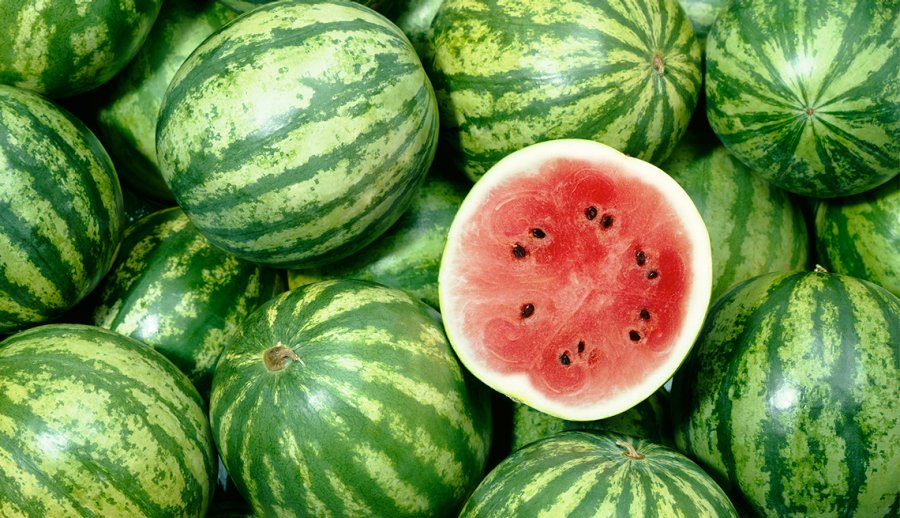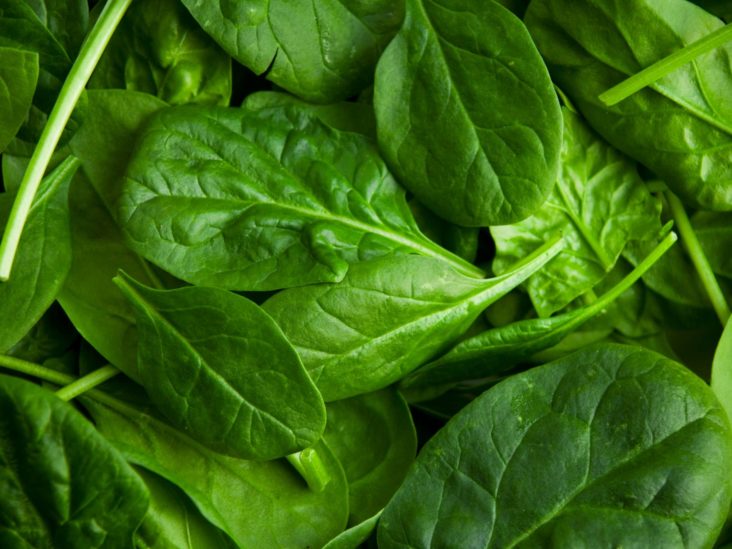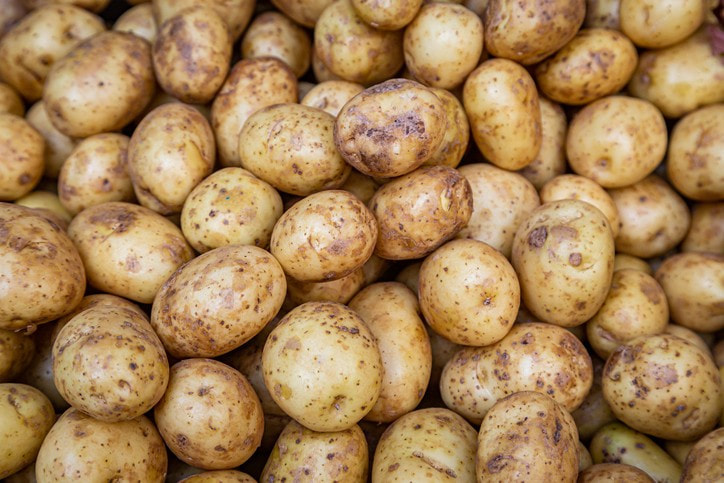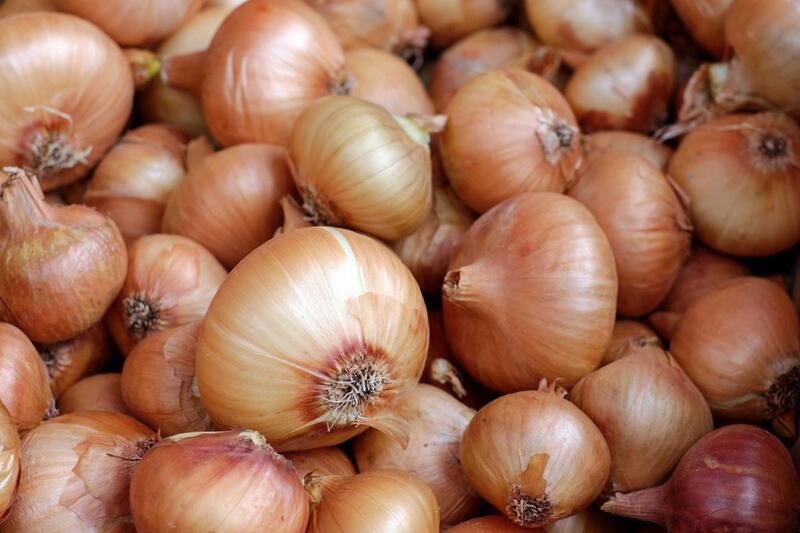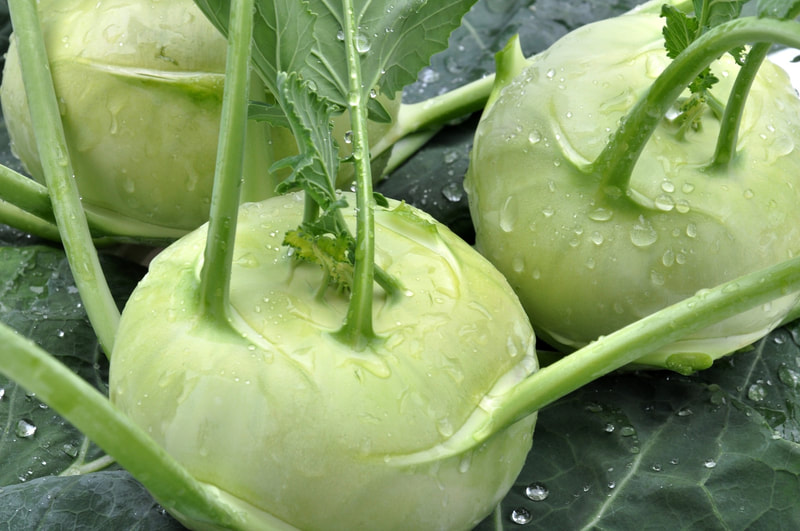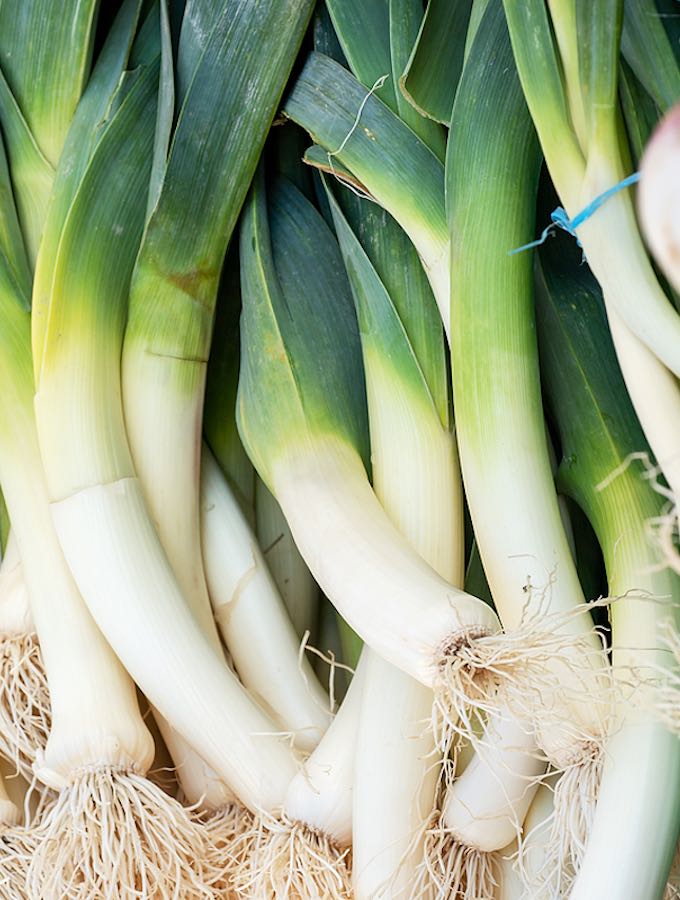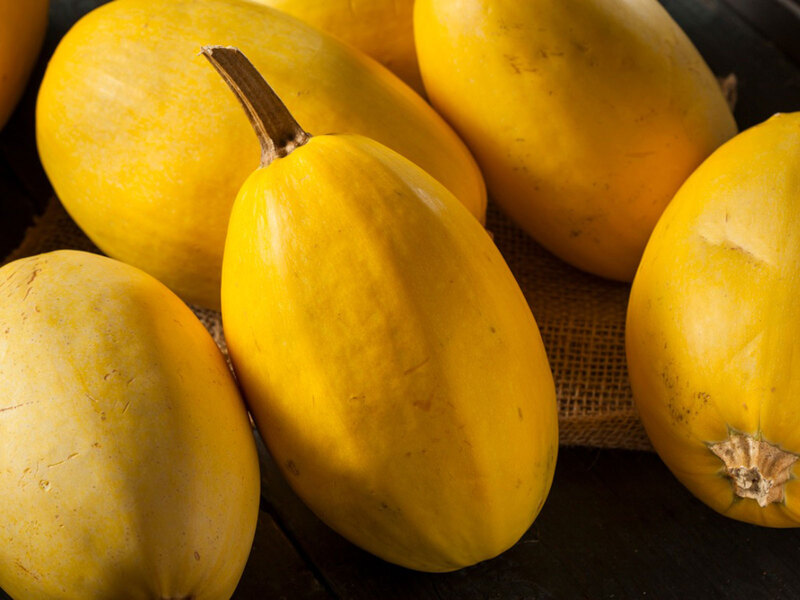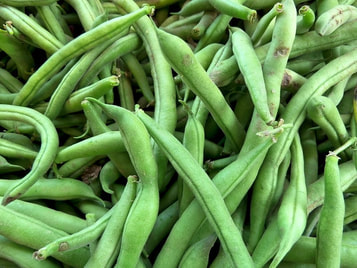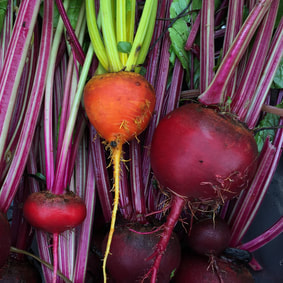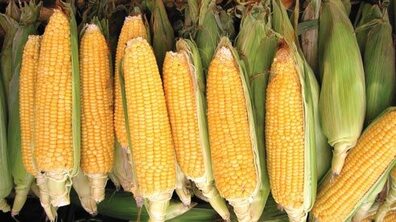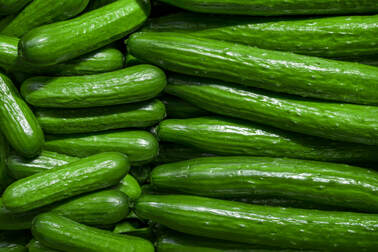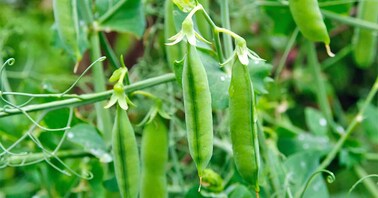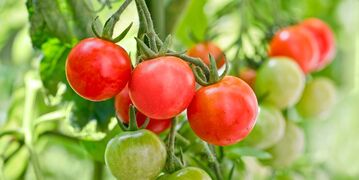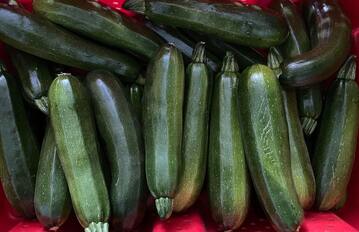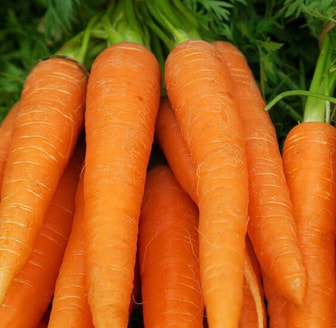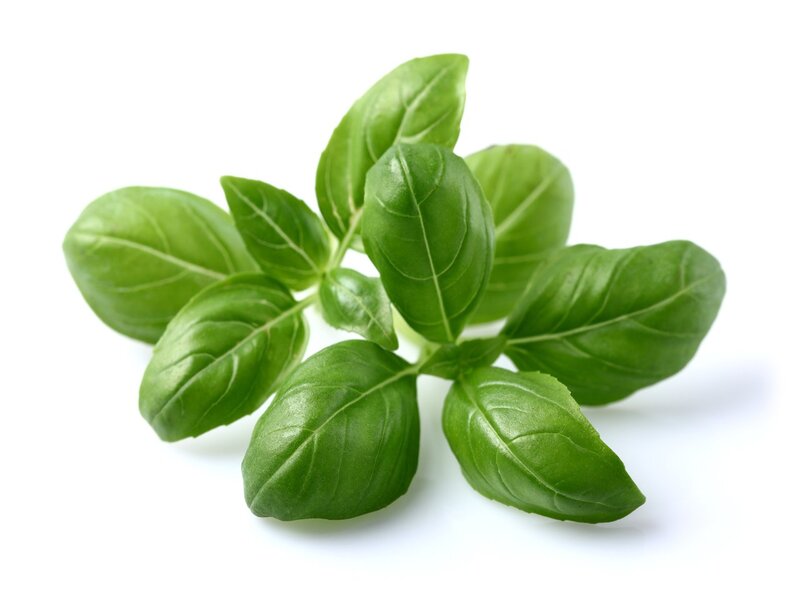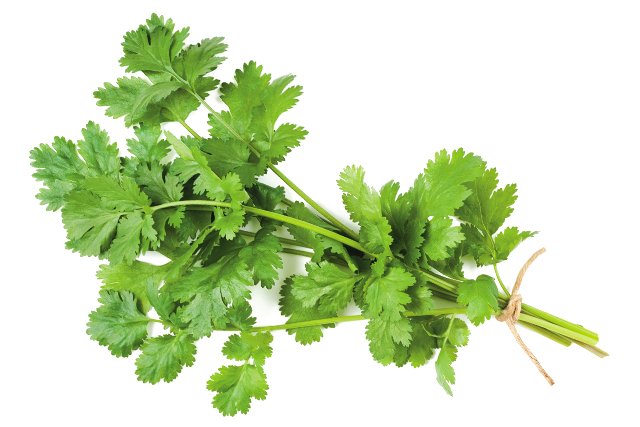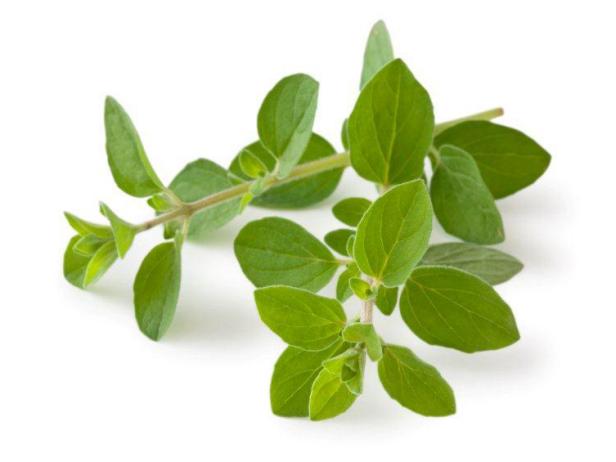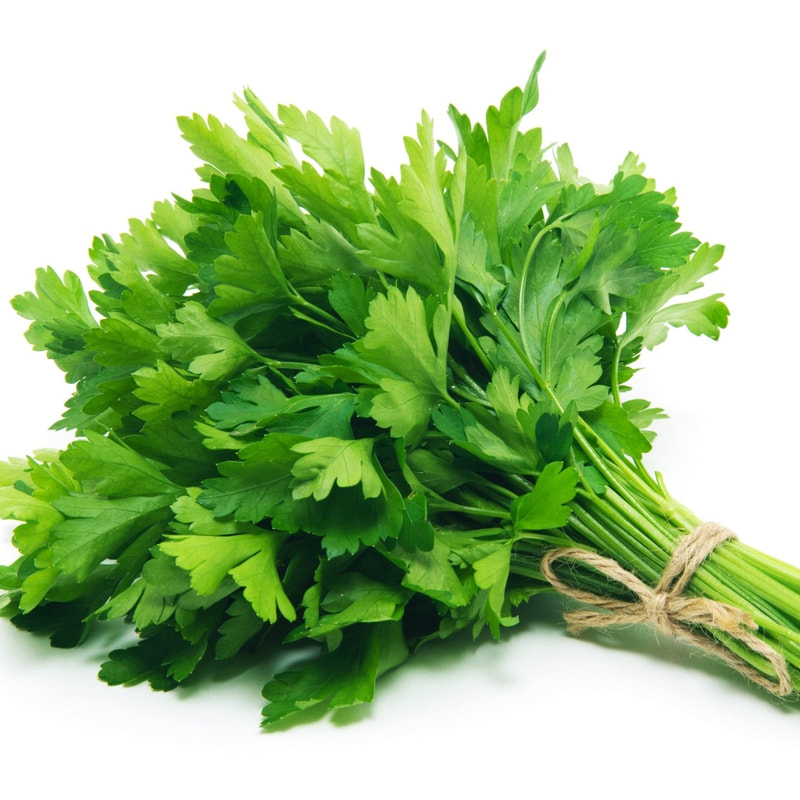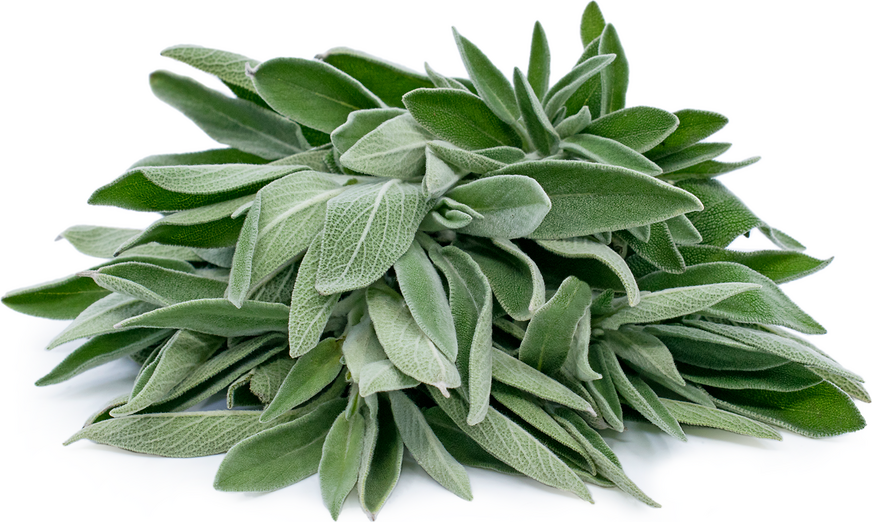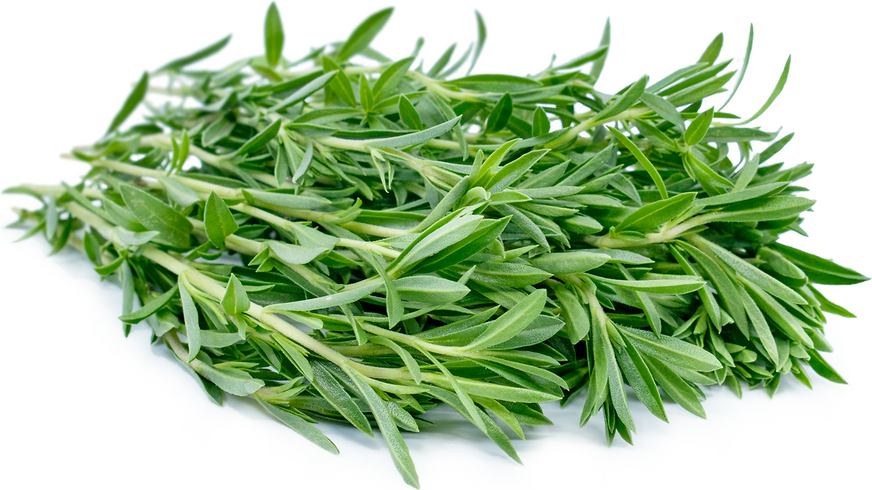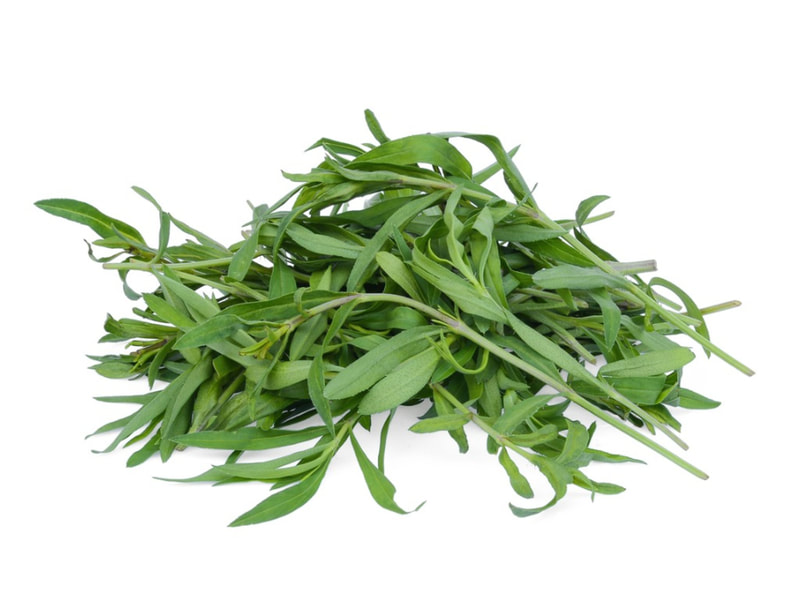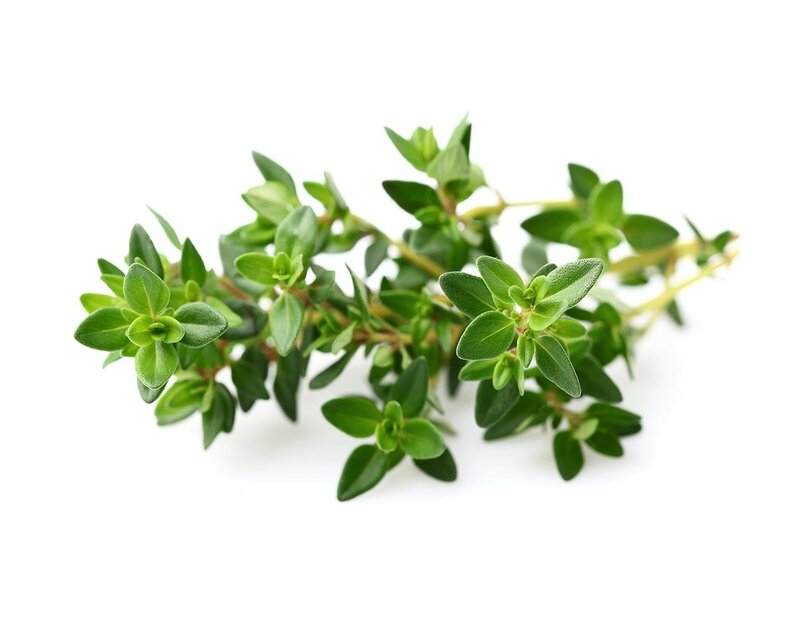Garden Plants
(UNDER CONSTRUCTION)
Vegetables | Herbs
Vegetables
Green Beans
Growing Characteristic |
Green beans like to grow in sandier soils and once at a certain height need to have a pole, teepee or netting added to allow optimal growth |
Nutrients |
Green beans are high in Vitamin K and Calcium |
Fun Fact |
Some indigenous peoples plant green beans with corn to let the stalks grow up with the corn for stability |
Beets
Growing Characteristic |
Beets like constant moisture when germinating |
Nutrients |
Beets are high in nitrates, among other things |
Fun Fact |
Beets are used to improve the colour of many of the foods we eat, including ice cream, tomato sauces, jams, and breakfast cereals |
Corn
Growing Characteristics |
Corn is a heavy feeder, so it needs soil that does not drain to keep the nutrients. Because corn is a heavy feeder we have to rotate where we plant corn each year |
Nutrients |
Corn is very high in fibre |
Fun Fact |
Corn is the most dominate cash crop around the world |
Cucumber
Growing Characteristics |
Cucumbers like lots of water and nutrition. Adding compost when seeding helps keep both in the soil |
Nutrients |
Cucumbers are extremely high in Vitamin K and have Vitamin B and C |
Fun Fact |
Cucumbers become more bitter the more they are exposed to hot dry climates, meaning cucumbers will have different tastes depending on where in the world they are grown |
Peas
Growing Characteristic |
Peas grow best in cooler weather, too much heat will result in a lower crop yield |
Nutrients |
Peas are high in vitamins C, E and zinc |
Fun Fact |
When cooking peas it is important to use very little water, the more water used the more vitamin C is lost |
Pumpkin
Growing Characteristic |
Pumpkins are greedy feeders, they also spread out quite a bit within the garden |
Nutrients |
Pumpkins are high in beta-carotene and Potassium |
Fun Fact |
In some cultures and countries the pumpkin leaves are used in stir-fry's. As well, pumpkin can be used in sweet or savoury dishes |
Swiss Chard
Growing Characteristic |
Swiss chard prefers rich, well-drained soil |
Nutrients |
Swiss chard is high in vitamins K, C and A |
Fun Fact |
Swiss chard can also be called rainbow chard because of the many different colours the stems can be. Some cultures use the stem and some use the leaves |
Tomatoes
Growing Characteristic |
Tomatoes enjoy moist soil and warm temperatures |
Nutrients |
Tomatoes have beta-carotene, Vitamin C and E |
Fun Fact |
Tomatoes are used in different types of sauces in the majority of cultures throughout the world |
Zucchini
Growing Characteristic |
Zucchini is fairly easy to grow and will grow very quickly once it blossoms |
Nutrients |
Zucchini is high in fibre |
Fun Fact |
The flowers on zucchini plants are edible, some cultures prefer to eat the flower and do not let the blossoms turn into zucchini |
Carrots
Growing Characteristic |
Carrots grow best in cool moist climates and deep sandy soils |
Nutrients |
Carrots are high in beta-carotene, which your body turns into Vitamin A. Vitamin A keeps your eyes healthy |
Fun Fact |
Carrots are eaten worldwide, in almost every culture and country |

